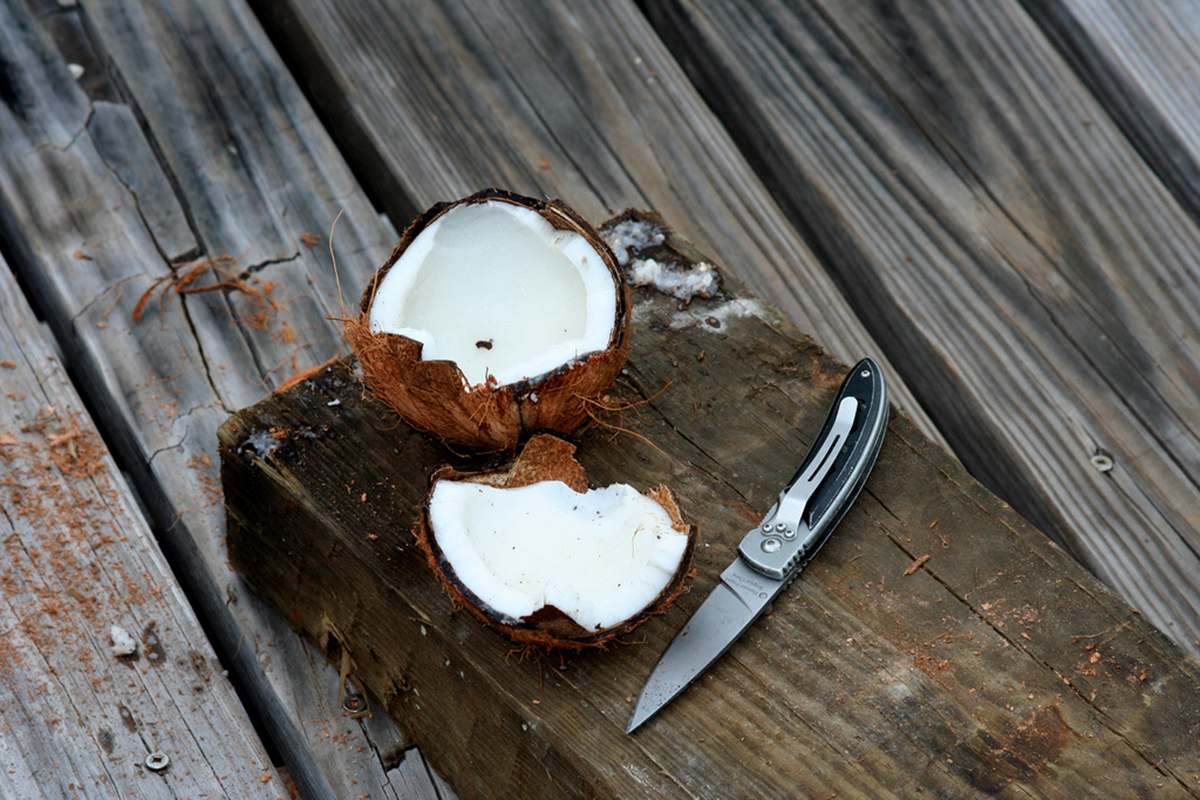Table of Contents
While there’s certainly no doubt that the fats listed above have numerous health benefits, don’t get too carried away. You can have too much of a good thing.

The reason why we’re often told to include healthy fats in our diet is once again, because the Western diet tends to be imbalanced. In this scenario, it’s in relation to carbs and fats. The typical Westerner will eat a very high carbohydrate intake (usually from refined, processed, nutrient deficient sources) and fail to get an adequate intake of healthy fats. This high carb, and low fat (or at least low quality fat) intake can lead to nutrient deficiencies, and can lead to hunger pangs and cravings.
A low fat intake is particularly un-satiating. Fats slow the digestion of carbohydrates, meaning that by including more fats in your diet, you’ll feel fuller for longer, as well as improving your general health.
Despite all this, you don’t want to overdo your fat intake.
Fat contains nine calories per gram, compared to carbohydrates and protein, which have four calories per gram each. Therefore, fat has over double the calorie density of carbs and protein. It can be easy to get carried away with adding fats to your meals, thinking your being healthy, which is why careful measuring and weighing of your fat sources is absolutely vital.
See Also: "Good" And "Bad" Cholesterol: Not As Simple As It Sounds
As far as serving sizes go, just guessing or eyeballing doesn’t cut it. That’s the number one way you’ll grossly overshoot your intake, leading to a huge calorie intake and stopping fat loss in its tracks. Your overall fat intake at the end of each day is the most important factor, hence why counting and working healthy fats into your daily calorie target is crucial, so the amount of fat one should eat is dependent on the individual. That being said, here’s a guide to the rough amount of fat you’ll get in a typical serving of each of the five healthiest fats:
- Salmon – Around 13g of fat per 100g, or 16g per fillet.
- Mackerel – 15g fat per 100g
- Almonds – 49g fat per 100g, or 13g fat per serving
- Macadamia nuts – 76g fat per 100g, or 21g fat per serving
- Sunflower seeds – 51g fat per 100g, or 14g fat per serving
- Coconut Oil – 13g fat per tablespoon
- Shredded Coconut – 60g fat per 100g
- Extra lean beef – 4.5g fat per 100g
- Lean beef – 11g fat per 100g
- Regular beef, pork and lamb – 20g fat per 100g
- Olive oil – 13g fat per tablespoon
- "The 150 Healthiest Foods on Earth", by Dr. Jonny Bowden, Published January 2007
- Photo courtesy of George Hodan by Public Domain Pictures : www.publicdomainpictures.net/view-image.php?image=69672&picture=sesame-seeds-and-glass-oil
- Photo courtesy of Richard Elzey by Flickr : www.flickr.com/photos/elzey/8037342980/


Your thoughts on this